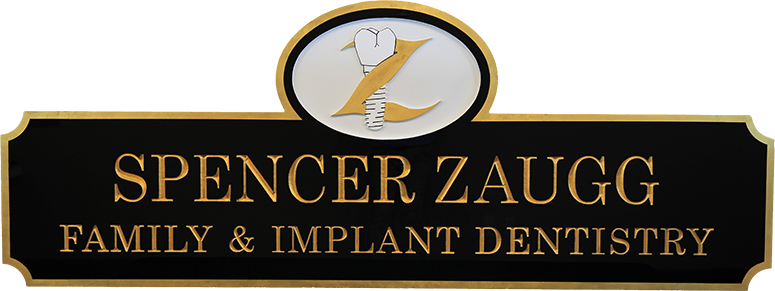What it is:
A tooth extraction is the removal of a tooth from the surrounding bone and gum tissue. Extracting, or “pulling”, a tooth in adults is done for a variety of reasons. Often extractions are necessary because a tooth is so severely damaged from root resorption, decay or trauma that it cannot be saved. Sometimes the nerve in a tooth dies and the tooth, as well as the gum and bone around it, become severely infected. Other times people’s mouths are not large enough to allow all their teeth to come in properly, as is often the case with wisdom teeth.
Teeth are removed from children for many of the same reasons, however they may also be removed for orthodontic purposes to allow proper alignment and proper fit of the “bite”.
Procedure:
Things to Remember:
The process of having a tooth extracted can cause bacteria in your mouth, or from the infected tooth, to enter in your bloodstream and cause infection in other parts of your body. People who have artificial heart valves or artificial joints may be prone to infection by these bacteria. Antibiotics may need to be taken prior to your tooth extraction to manage this risk.
The area where a tooth was extracted may become infected after the extraction. This area may also develop a painful condition called “dry socket”. Both an infection and a dry socket are conditions that must be evaluated in order for them to be effectively treated. Following proper home care instructions after surgery will greatly eliminate these conditions.
Some extractions have a higher risk of causing damage to the nerves that carry feeling to your face. Most often this nerve damage will feel like parts of your face are numb or tingling. Usually this sensation resolves within six months of having your extraction. Occasionally the nerve damage is permanent
Patient Benefits:
An extraction may allow teeth to come in properly for proper alignment and proper fit of the “bite”.
Care Instructions:
After having a tooth extraction, there are some things you must do on your own to ensure the extraction site heals well in a timely manner. In order for your body to heal well, you should minimize your activity for a period of 24-48 hours after having an extraction. As your body heals, a blood clot will form within the extraction socket. This blood clot will eventually turn into bone and must be kept in place if possible. Until the area has healed over, there is a risk that certain activities can disturb the blood clot, hurt the extraction site and slow down the healing process.
BASIC CONSIDERATIONS AFTER HAVING A TOOTH EXTRACTED
- Do not disturb the wound. Stay away from brushing the area for the first few days to prevent disruption of the blood clot.
- Do not use tobacco products for a week following a tooth extraction. This can impede the healing process and can result in a dry socket.
- Do not spit or suck through a straw as this may disrupt the blood clot.
- Cold packs applied to the outside of the face in the surgical area may help to reduce swelling during the first few days after your extraction.
- Keep direct pressure on the surgical site using sterilized gauze for 1-3 hours following a tooth extraction. Change the gauze every 20-30 minutes. This will help in reducing the bleeding and allowing a blood clot to form.
- Take medication for pain following a tooth extraction; some discomfort following the procedure is normal. Prescribed medications for pain or infection should be taken as prescribed.
- For the first 24-28 hours a soft food diet should be maintained. Avoid any chewing in the area that has had the tooth removed. This will help decrease irritation to the area and prevent potential bleeding, swelling or infection.
- Maintain a very low activity level for the first few days following a tooth extraction to prevent continued bleeding. Heavy lifting and deep bending should be avoided.
*If after a few days following your extraction pain and swelling fail to resolve or they increase in severity, you must be seen. Please call the office.
Tooth Extraction Consent Form Patient Tooth Extraction Instructions

